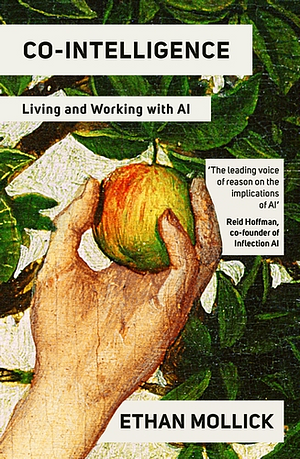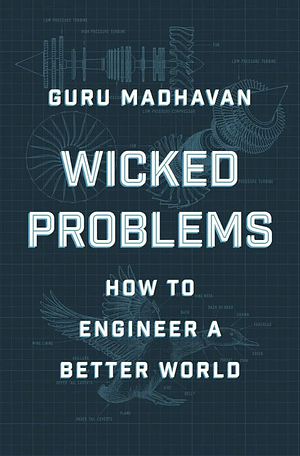Both/And Thinking - Last 2 Paradox Types
I’ve started reading Both/And Thinking and am capturing my thoughts here as I go. Right now these are mostly the raw notes as synthesis comes later. You may find it interesting to start with the first post in this series or to read them all.
Today’s reading continued defining paradoxes which they render as, “contradictory, yet interdependent elements that exist simultaneously and persist over time.” These can be imagined using the Yin-yang symbol. The sides are seeded by each other, and persistently in flow.
Belonging Paradoxes
These appear as ‘Who?’ questions and expose competing identities and roles. e.g. Who am I, a leader or a follower?
Tensions in identity are a cause of cognitive dissonance.
When subjects spent an hour engaging in a boring task for little financial pay, they had to figure out how to justify their time spent. So, when asked, they said that they thought the experiment was interesting and exciting. Festinger and Carlsmith labeled this phenomenon cognitive dissonance, suggesting that we will change our sense of self to be consistent with the objective reality.
This form of paradox can also show up in questions of time allocation across personal and organizational levels. Resolving these can result in having to make major cultural shifts.
I (Wendy) recently worked with an insurance company with more than a hundred years of history and traditions. The new CEO recognized that to survive the next century, the company needed to be more innovative and agile. Doing so involved moving from its disciplined, methodical, and risk-averse identity to include a more experimental and accountable approach to the bottom line. The greatest challenge was helping the employees see the value of a new culture and identity, and appreciate that it could build from the existing one.
Organizing Paradoxes
These appear as ‘How?’ questions and expose issues in structure. e.g. How do I get something done?
These paradoxes include tensions such as those between spontaneity and planning, risk taking and risk avoidance, control and flexibility.
These are the challenges present when there is a reorganization or there is believed to be a need for one. This gets to the heart of levels of control and autonomy and whether authority should be distributed or not.
While not related to my professional interests, this comment about the gig economy and “fake autonomy” resonated with me:
The same question emerges as we see more workers moving toward the gig economy. Employees gravitate to that work, allured in part by the high levels of personal decision making, yet they often find even more subtle forms of control in use in the gig world.
And this conversation has almost verbatim gone through my head:
I (Wendy) just experienced this struggle the other night as my husband and I debated how to navigate the expectation of doing the dishes. Our daughter hates doing the dishes, yet it’s part of her chore rotation every three weeks. How much autonomy do we give her? Does she get to decide when she does the dishes? Does that mean that the plates and cups can stack up for days until she feels like getting them done? Until we have to eat off paper plates? Until we start to see flies? How much control do we assert? The questions are endless when it comes to parenting and other issues in our personal lives. How flexible are we with our own boundaries? How disciplined?
Knotted and Nested Paradoxes
Paradoxes, like Inception are multi-leveled and entangled. They are “knotted paradoxes” when “attempts to address one paradox would introduce others.”
Paradoxes can also be “nested paradoxes” when “the same paradoxes show up at different levels—from the individual to the group, organization and society.”
The Paradox System
As a prelude for the next chapter, the system of tools call the paradox system was introduced. The goal is to “shift how we think (assumptions) and how we feel (comfort) when navigating paradoxes. They further address how we approach situations by building static structures (boundaries) while enabling adaptive practices (dynamics).”
The system can be described as two axis crossing in the traditional manner. The People Axis moves from Assumptions to Comfort and the Context Axis moving from Boundaries to Dynamics.
Chapter Takeaways
For completeness and my future reference, the authors suggest these takeaways
- Tensions pull us in opposing directions. Beneath the presenting dilemmas lurk paradoxes. We tend to adopt an either/or approach to choose between alternatives. Yet coping with our most challenging problems depends on understanding the messy, complex paradoxes that fuel them.
- Paradoxes—contradictory yet interdependent elements that exist simultaneously and persist over time—are everywhere. We can differentiate between four types of paradoxes—performing, learning, belonging, and organizing.
- Paradoxes are often knotted such that multiple tensions reinforce one another, and are nested, with similar tensions emerging at different levels.
- Paradoxes have been studied for millennia. Yet we experience tensions increasingly in our world today, as paradoxes become more salient in situations marked by greater change, plurality, and scarcity.
- Navigating paradoxes is paradoxical. The tools that we use to take advantage of a paradox are themselves opposing and interwoven.



